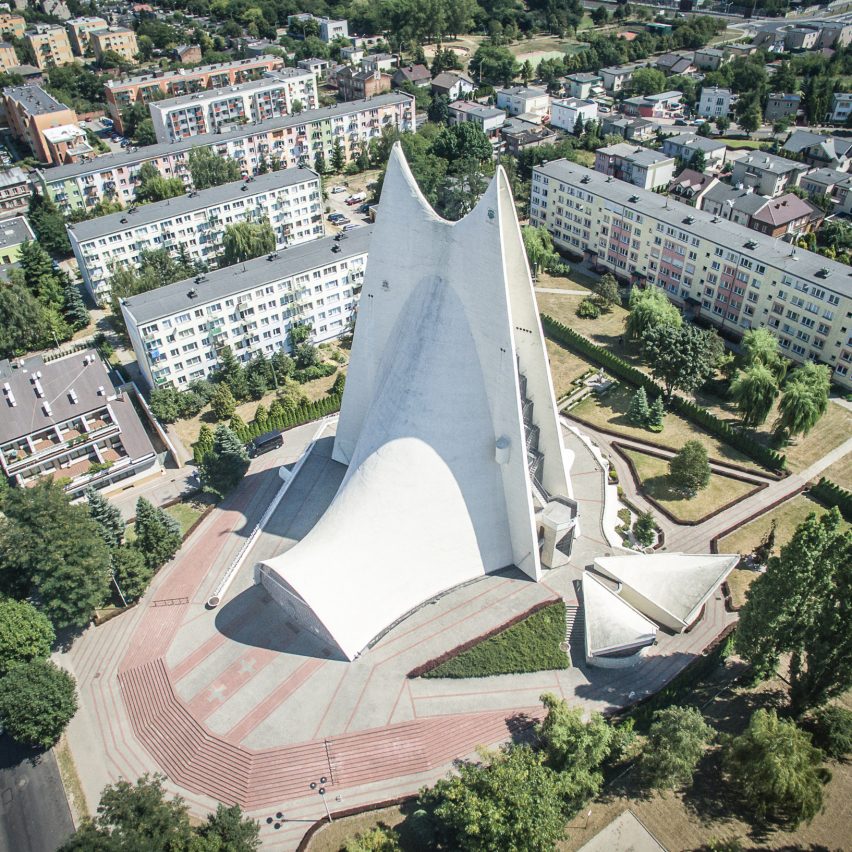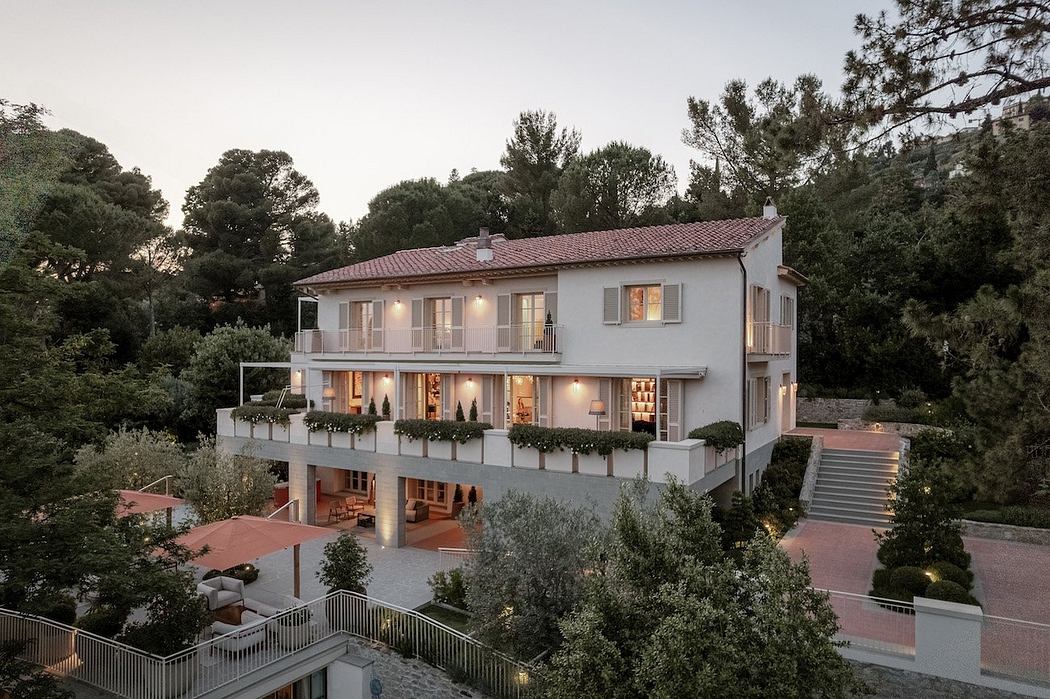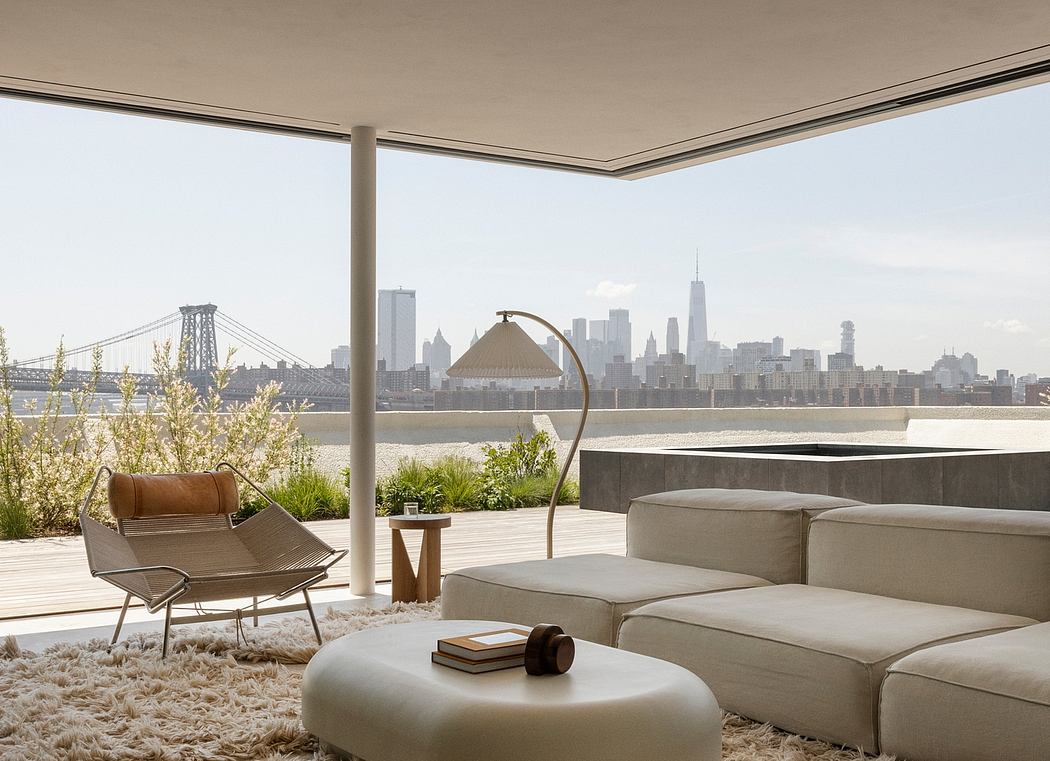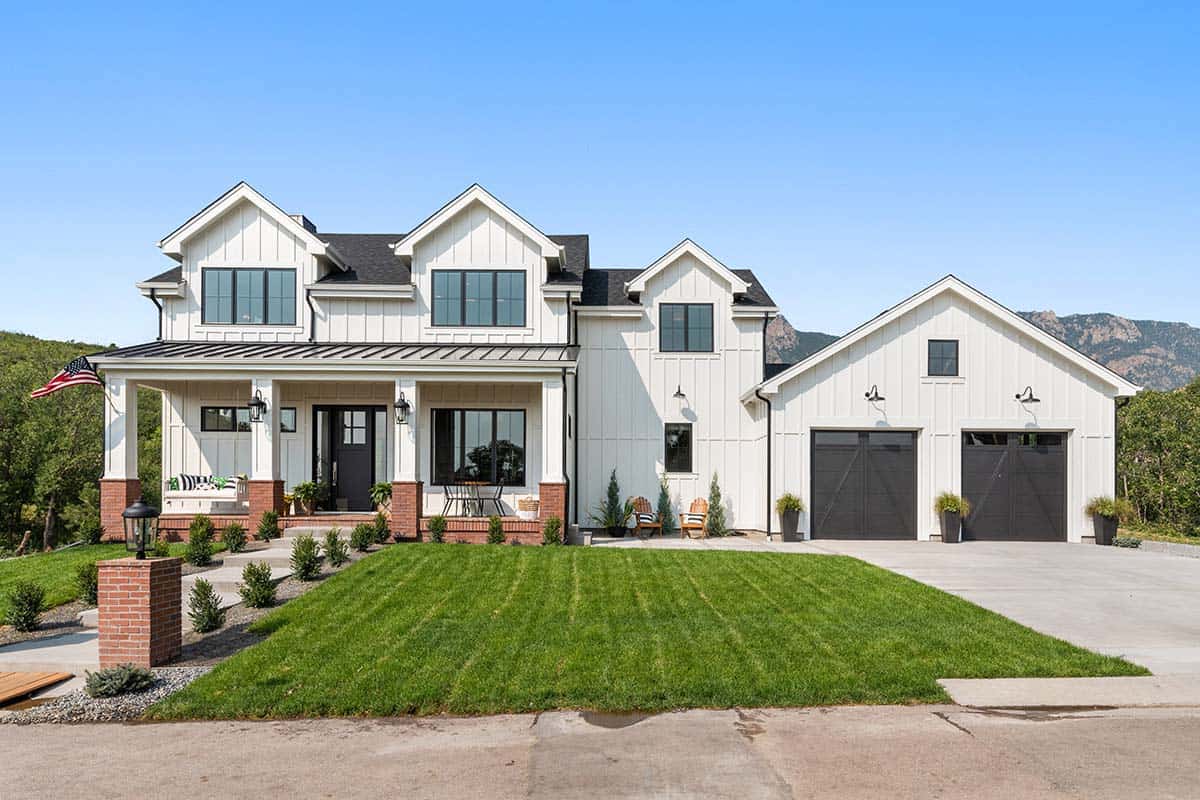Day-VII Architecture highlights the variety of Polish communist-era churches

The 3,000 hugely varied churches built in Poland between 1945 and 1989 were often created as a rejection of communist authority. Kuba Snopek, co-author of Day-VII Architecture, picks five of the most intriguing.
Following the second world war, predominately Roman Catholic Poland was under socialist, secular rule and largely cut off from the Vatican. This lead to a wealth of unique churches being built in the country.
"In my opinion, Day-VII Architecture ? Catholic churches built in socialist Poland ? are the most original Polish contribution to the world's architecture in the 20th century," Snopek told Dezeen.
Snopek along with Izabela Cichonska, Karolina Popera has documented 100 of the more than 3,000 churches built in this period in their book Day-VII Architecture A Catalogue of Polish Churches post 1945. "This architecture was very strongly influenced by geopolitics," explained Snopek.
"After world war two, Poland became part of the atheist communist bloc, although the Polish society was majority religious. This incoherency produced a series of paradoxes."
Church of Our Lady Queen of Peace is one of the many varied churches included in the book
As the construction of churches was not supported by the government the use of state machinery and materials was not allowed. This meant that each of the churches was funded, designed and built locally ? often on a Sunday, which is why the churches are referred to as Day-VII Architecture.
"Alt...
| -------------------------------- |
| Space Perspective completes test capsule for balloon-powered "journey to the edge of space" |
|
|
Villa M by Pierattelli Architetture Modernizes 1950s Florence Estate
31-10-2024 07:22 - (
Architecture )
Kent Avenue Penthouse Merges Industrial and Minimalist Styles
31-10-2024 07:22 - (
Architecture )






